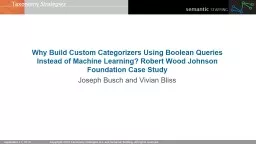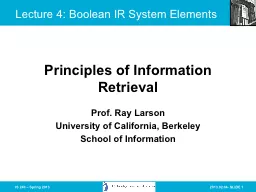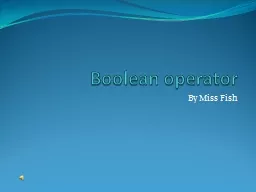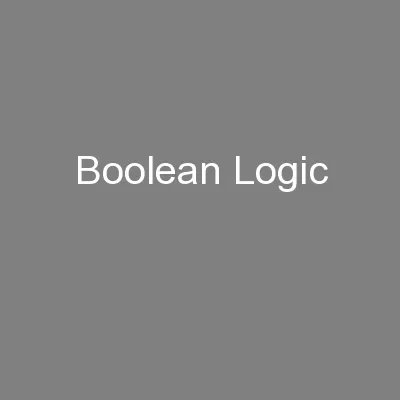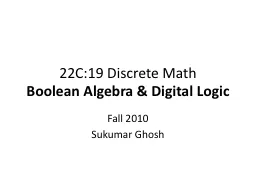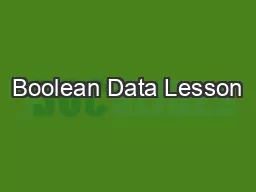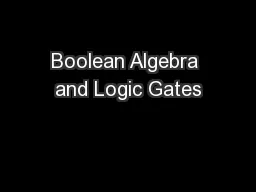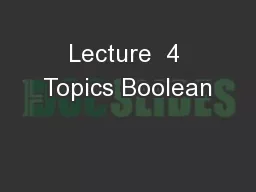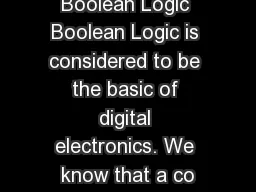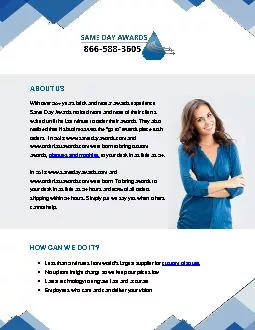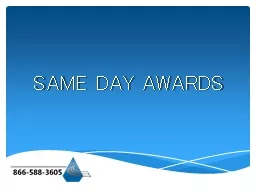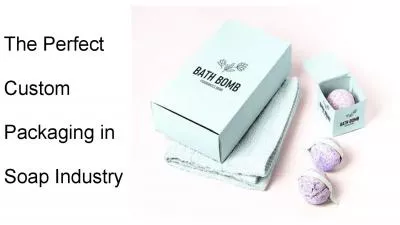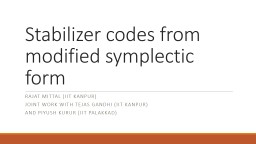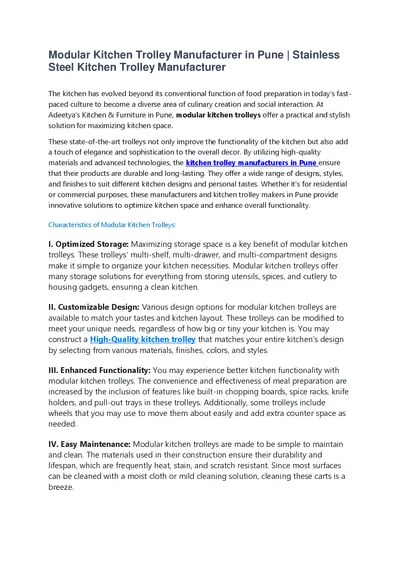PPT-Why Build Custom Categorizers Using Boolean Queries Instead of Machine Learning? Robert
Author : yoshiko-marsland | Published Date : 2018-12-08
Joseph Busch and Vivian Bliss Agenda Predefined Boolean Queries Case Study Lessons Learned Boolean queries Basic operators AND conjunctive OR disjunctive NOT negation
Presentation Embed Code
Download Presentation
Download Presentation The PPT/PDF document "Why Build Custom Categorizers Using Bool..." is the property of its rightful owner. Permission is granted to download and print the materials on this website for personal, non-commercial use only, and to display it on your personal computer provided you do not modify the materials and that you retain all copyright notices contained in the materials. By downloading content from our website, you accept the terms of this agreement.
Why Build Custom Categorizers Using Boolean Queries Instead of Machine Learning? Robert: Transcript
Download Rules Of Document
"Why Build Custom Categorizers Using Boolean Queries Instead of Machine Learning? Robert"The content belongs to its owner. You may download and print it for personal use, without modification, and keep all copyright notices. By downloading, you agree to these terms.
Related Documents

